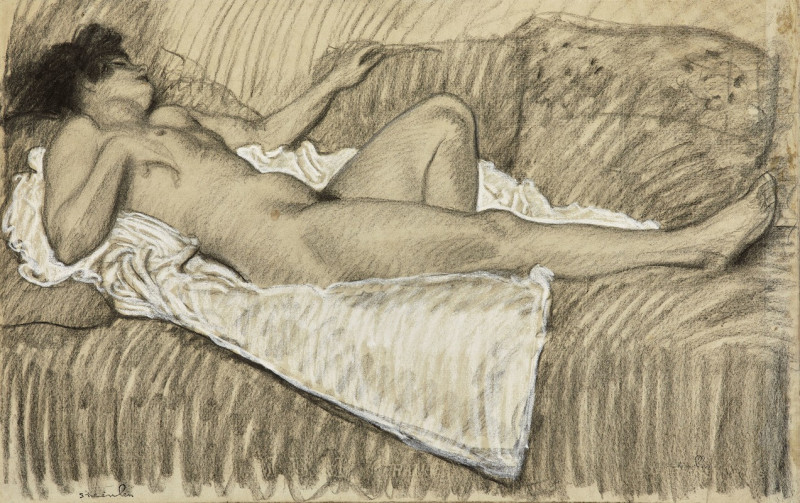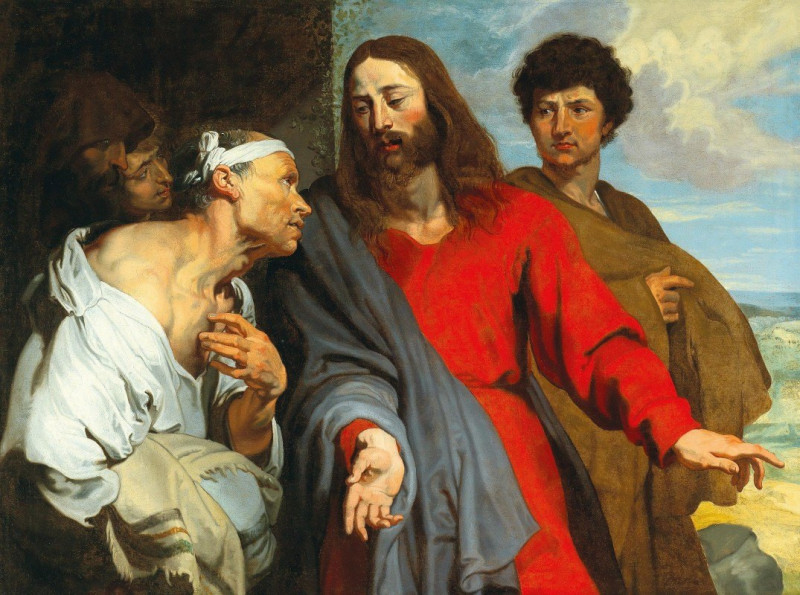Le Petit Sou, journal de défense sociale (1900)
Technique: Giclée quality print
Recommended by our customers
More about this artwork
Théophile Alexandre Steinlen's 1900 painting "Le Petit Sou, journal de défense sociale" is a powerful visual testament, capturing an intense social and political commentary typical of Steinlen's work. The painting dramatically depicts an avalanche of characters amid a tumultuous scene tinged with elements of despair and resistance.At the center, a striking figure in a vibrant red dress assumes a dominant and dynamic posture. Her expression is one of alarm and urgency, gesturing dramatically outward, perhaps indicating the chaos and societal disorder of the times. Adjacent to her, an older man with a white beard looks on gravely, further emphasizing the depth of concern and tension within the scene.In the foreground, a muscular figure holding a sickle suggests the presence of labor or the common man in the struggle, facing adversity with resolve and readiness. The background is populated with numerous figures in varying expressions of despair and exhaustion, amidst which we can discern vague architectural outlines and restless skies, evoking a scene of widespread unrest.Steinlen's use of vivid colors, notably the stark reds, and his dynamic drawing style make the drama more palpable and the emotional impact direct. The composition's energetic yet foreboding tone serves as a poignant reflection on the social issues of the era, remaining relevant in its depiction of societal struggle and resilience.
Delivery
Returns
Théophile Alexandre Steinlen, was a Swiss-born French Art Nouveau painter and printmaker.
Born in Lausanne, Steinlen studied at the University of Lausanne before taking a job as a designer trainee at a textile mill in Mulhouse in eastern France. In his early twenties he was still developing his skills as a painter when he and his wife Emilie were encouraged by the painter François Bocion to move to the artistic community in the Montmartre Quarter of Paris. Once there, Steinlen was befriended by the painter Adolphe Willette who introduced him to the artistic crowd at Le Chat Noir that led to his commissions to do poster art for the cabaret owner/entertainer, Aristide Bruant and other commercial enterprises.














































